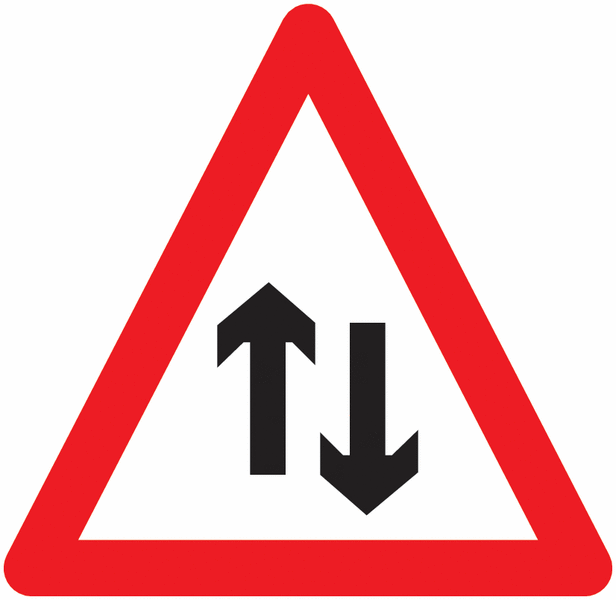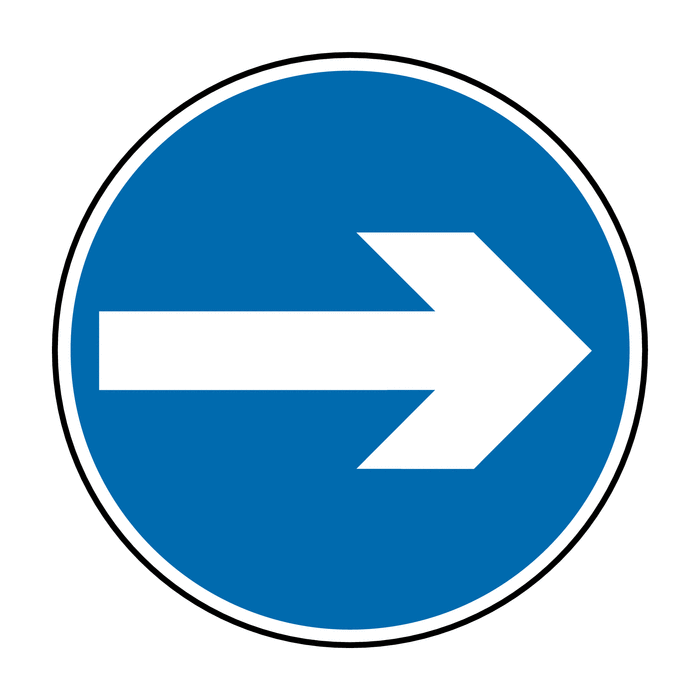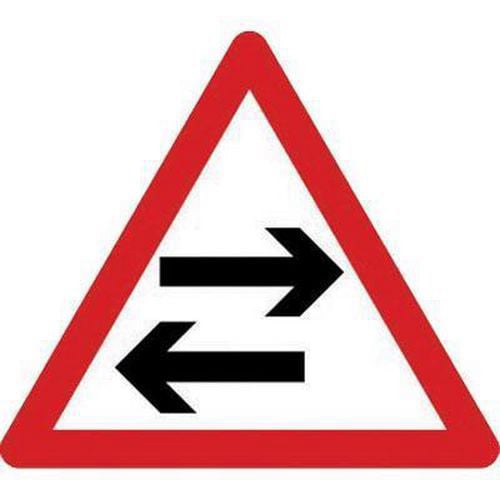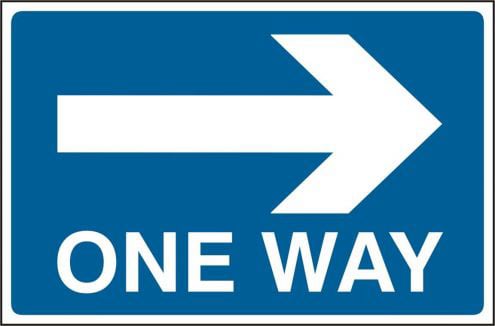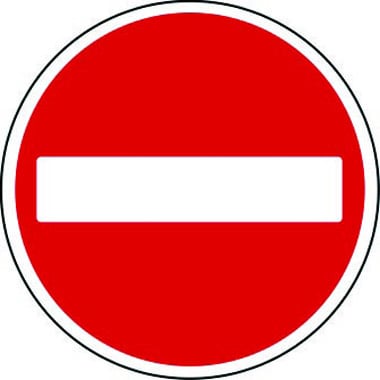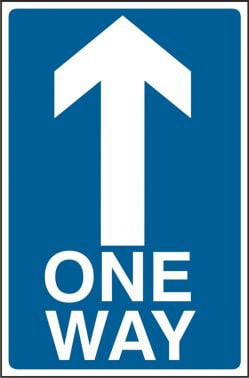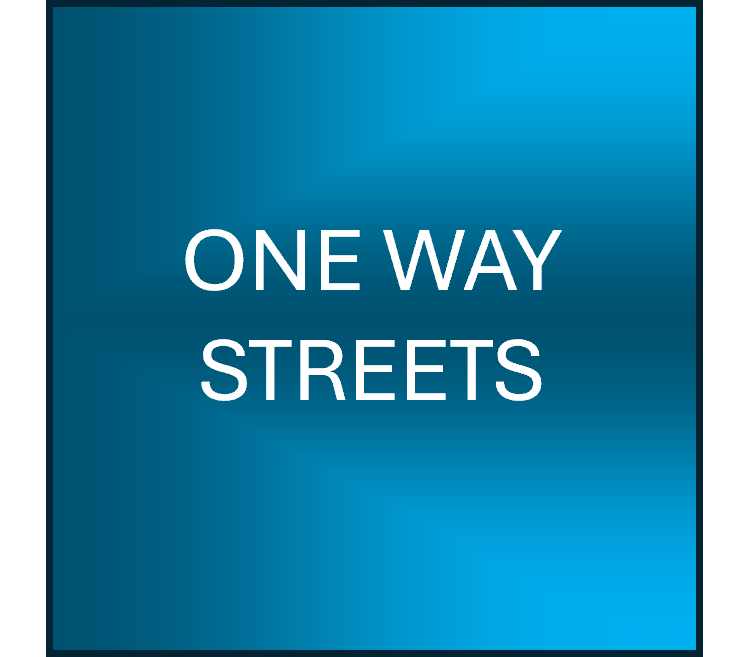
A one-way street is a street that only allows vehicles to travel in one direction. One-way streets are designed to direct traffic flow and can help with traffic congestion in crowded areas.

A one-way street is a street that only allows vehicles to travel in one direction. One-way streets are designed to direct traffic flow and can help with traffic congestion in crowded areas.
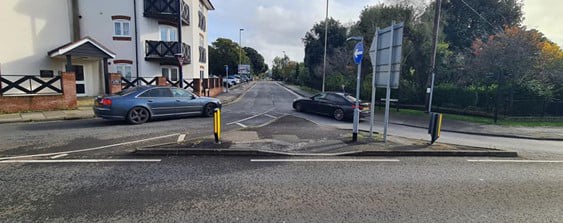
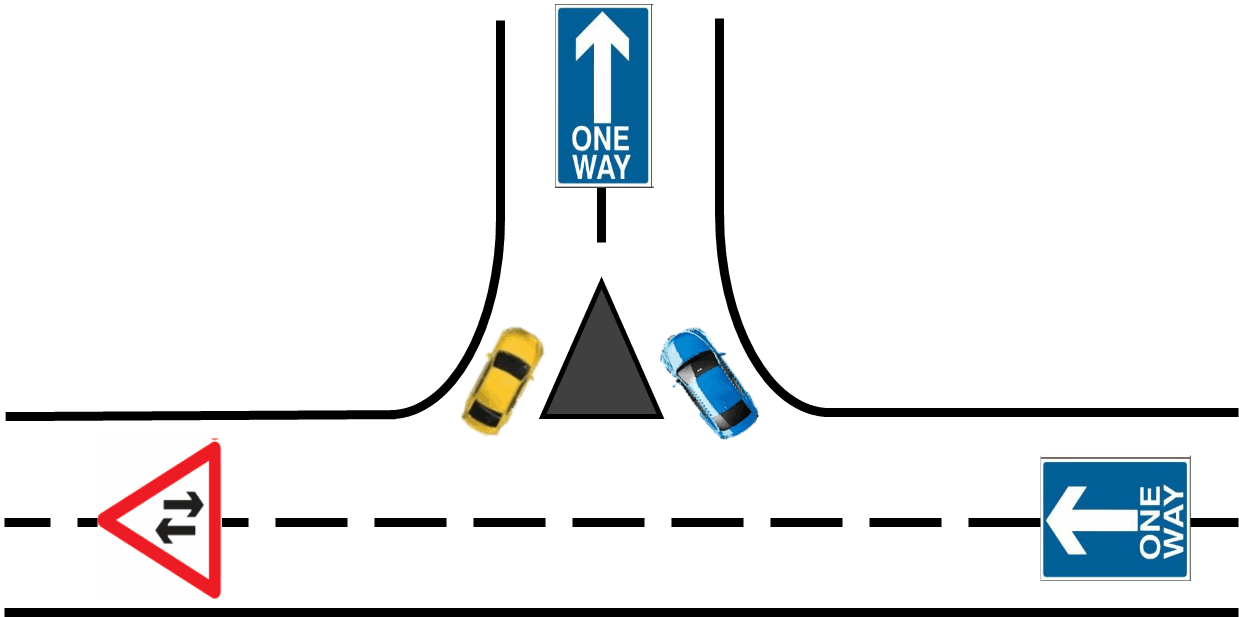
If there are no oncoming vehicles at the meeting point to the One way system you can drive straight into the opposing lane, if not, definitely stay in the lane you are in and then check appropriate mirrors, signal and then merge when safe to do so.
Not all merge areas have Give Way markings or signs, and some have none at all.
It is important that you look out for them.
If there are no markings or signs there is no priority to either direction of traffic.
IT IS NOT NECESSARY TO STOP at the meeting point unless signs or road markings state that you have to. By stopping when it is not necessary and not using the lane you are in to merge at a later stage, you run a high chance of receiving a rear end shunt.
On dual lane One way streets it is especially important to be aware of pedestrians crossing from the right hand pavement to the the left. This is because naturally pedestrians will look to their right before crossing as that is what they would naturally do when crossing a two lane road, but on a One Way Street, which they may not necessarily know that it is One Way, NOTHING should be coming from that direction which may cause a pedestrian to step out without looking to their left first.
It is legal for a vehicle to pass other vehicles to the left or right when in a One Way dual lane system.
Ensure mirrors and signals are used effectively before changing lanes.
Obviously if vehicles are parked on either side, they will be facing the same direction as the flow of traffic. Have a heightened awareness of vehicles moving off from either side and possibly without either checking first or not signalling.
Percentage wise, One Way systems will generally be found around Town Centres.
This is to reduce congestion and keep the flow of traffic moving with each other.
